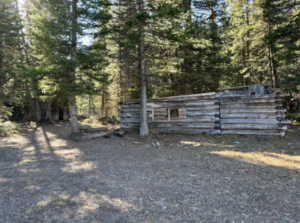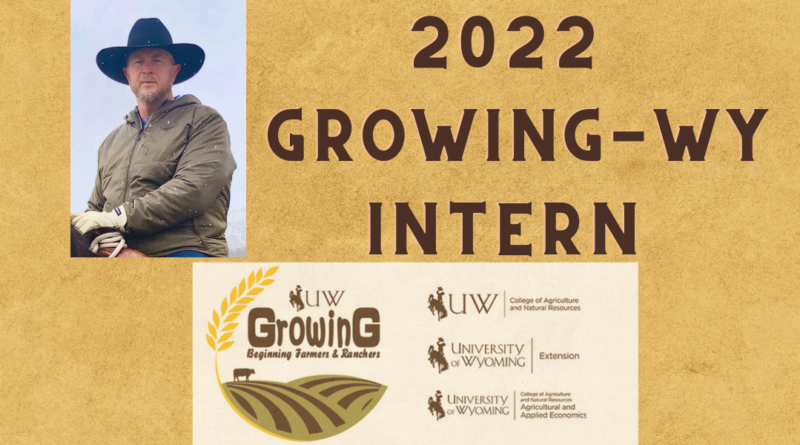A Ranch Hand Survival Guide
#bfrdpwy #aginternship #RightRisk

This week’s activities were a continuance of the last: finding lost cattle in the forest, getting cows from the neighbors, returning the neighbors’ cows, fixing fences and moving pairs based on cow/heifer or cow/steer to keep separation for future shipping, as well as a little moving around of feed and going to the feedlot. During this stage, cows are often a bit rebellious, wondering into neighbors’ yards and need to be retrieved. Because this is cattle country, neighbors are aware of the possibility that cows may be loose on their property. If they know the brand, they contact the rancher directly to notify them; if they do not recognize the brand, the brand inspector is called, and the ranch sends someone out to retrieve and repair any damage.
I also had the opportunity to drive a shipment of cows to the feedlot for auction in Riverton. Folks were very friendly and helped me through the process. The day was uneventful, which tends to be a good thing, and was enjoyable to have the experience as an intern.
A new ranch hand will hear a lot of things yelled at them during their tenure, especially if they are new to ranch life. Some of these common phrases include: “never walk behind someone riding a horse”; “never leave a rider at the gate”; “never ride in front of somebody”, and “that heifer has no nuts”. There are so many, a “Ranch Hand Survival Guide” could be written to ease one’s transition to ranching. However, each phrase has their little piece of wisdom that either ensure safety or efficiency.

Take “never walk behind someone riding a horse” for starters, this is for safety. One can never know the level of training a horse has, and more importantly, if it would spook over the simplest of things. Staying in the field of view of the horse and making sure they are aware of where you are is a “rule”. The saying, “never leave a rider at the gate” carries a couple meanings. In this scenario, a rider is opening and closing a gate while mounted on their horse. If the other riders cross over and keep going, it could cause the horse at the gate to bolt in order to be with the other horses. The gate would stay open, cattle could cross over, and rider could get homesteaded (bucked off). In this context, it is a safety issue, trying to prevent a wreck or loose cattle.
From my previous experience, the saying “never walk behind someone riding a horse” comes from the old military cavalry days (according to ranch lore) and is to instill an esprit de corps that no rider will be left behind. The saying is related to riding in a group. The rider has operational control of the lane in front of them, whether that has been expressed or inferred. By riding in front of them, you are losing control of your own lane, potentially causing a bigger issue. If someone goes wrong in their lane, it is up to them to fix the situation. Setting up a de facto lane of responsibility during the drive.
Lastly, “that heifer has no nuts” is a ranch idiom to pay attention to detail. Yes, I chuckled when I first heard it, but its meaning rings true. It is everyone’s responsibility to keep their head on a swivel and pay attention to what is going on in the environment. In the case of a heifer, it could be tagged as a steer but if someone looked, they might find otherwise.

These are just a few of the great little mantras that circle around ranch life. Those that have grown up in the industry, have these beaten into them since birth. They are often laughed at when spoken but, upon reflection, they are little tools that can apply to every work environment.
There was a lot of opportunity to utilize small amounts of time, between one activity and the next, to work on advancing my horse training. Specifically, I’ve been working on not pulling on the reins to get directional movement
out of my horse. Using the reins as a cue, and then using my leg to reinforce the command. For me, I am work on understanding and being aware of where my horse’s legs are positioned, in order to time the cue accordingly. Both, when well-timed and done right, the result will be a more responsive horse.
Over time, this training will create a lighter and more responsive horse, in addition to a more secure seat position. And wouldn’t you know it, once I began do this correctly, my horse began to immediately respond better with lighter and more pleasant responses. Go figure, it was the rider. This next week will be a continuance of gathering and shipping of cattle. Stay tuned, perhaps a new idiom will show up next week.
Submitted by: Tim Bauer
Edits by: GrowinG Internship Team

